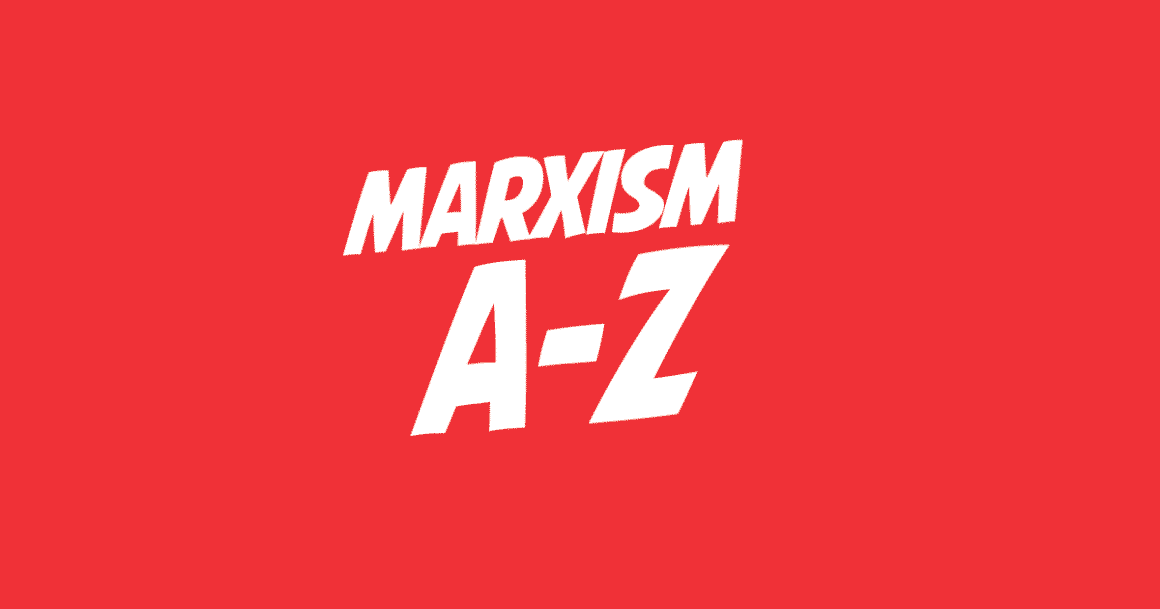

The term “fascist” was first adopted by Benito Mussolini, whose movement swept to power in 1922, crushing Italy’s trade unions and powerful workers’ parties. During the 1920s and 1930s, fascist movements sprung up throughout Europe, including the British Union of Fascists, founded by Oswald Mosley.
There have been other fascist movements in Europe since World War Two, even though they have sometimes been forced to hide their true nature faced with conditions of relative prosperity and even repression.
As the semi-colonial working class has flexed its muscles, we have seen the emergence of semi-colonial forms of fascism – including clerical fascism – again drawing on different ideologies than the European-style nationalism which formed the core of fascism in the 1930s.
But what all these movements have in common is not just violent racism or nationalism. They were and are mass populist movement designed to be “shock troops” of the most reactionary sections of the ruling class against the organised workers’ movement, mobilising these forces through a kind of fake “socialism”.
Though they have often drawn their members from the most unorganised layers of workers, their main base is the urban middle class.
Of course, there have been strike breakers before the twentieth century – and organised racists too. But the onset of a new imperialist epoch – one of nationalist rivalry, recurrent economic crises and war – demanded a new weapon of last resort for the capitalist class. The capitalists’ preferred weapon against the working class were the police, the judiciary, the army and the secret service. But they were also aware that the new mass workers’ movement might not easily be defeated by state repression alone.
In fascism they created a mass movement to destroy all elements of independent working class democracy within capitalism. Under fascism even democracy for the ruling class is severely curtailed or abolished in the service of defending their economic interests.
The crisis years of the 1920s and 1930s offered the working class in several key countries the opportunity to make a socialist revolution. Misleadership and betrayal ensured that vital opportunities were lost. Fascism swept to power. Fascism was the price the working class paid for failing to take power itself.
Fascism aims not just to repress workers or co-opt their leaders into running the system. Fascists aim to smash to atoms the organised workers’ movement. For that you need masses of people. You need mass demonstrations of reactionary sections of the working class and middle class to surround the headquarters of workers’ parties and trade unions, as happened in Germany on the eve of the fascist victory.
You need police agents in every block of flats, every school or factory. You need these agents organised and rewarded by a mass party structure. To gain power you need tightly knit terror squads which can walk into meetings of hundreds of defenceless workers, beat up their leaders, kidnap and torture activists.
Today fascism is growing in Europe. But right wing nationalism is also growing and it is by far the most immediate danger. In Europe far right conservatives pander to right wing national-ism with the excuse that they are “undermining the fascists” by doing so.
Meanwhile, the fascists bide their time. Because of the strength of parliamentary democracy after the second World War, and because in countries like Britain and France nationalism was counterposed to fascism in the last war, the modern fascists have to hide their true aims. They deceitfully accommodate themselves to democratic sentiments of the masses they wish to attract.
Some, like Jean-Marie Le Pen in France, have built “fascist front” parties, which publicly distance themselves from street violence during a preparatory period, but maintain links with the more overt fascist paramilitaries. Others, like the British National Party, see their main opportunity as the assembling of a hardened “cadre” of street-fighters, using elections as opportunities for recruiting thugs and terrorising local communities.
In all its forms there is only one answer to fascism. Mass working class action, at the earliest opportunity, to physically and morally smash the fascist organisations.
Some object that fascists have to be defeated in argument and should be extended democratic rights in order to expose them. This is wrong. Fascists use democratic openings merely to advertise themselves; but their aim is to destroy democratic rights. The “battle of ideas” is wasted on them and their supporters who are drawn not to fascism’s intellectual rigour but to its muscular message on the streets.
That is why we have to organise both mass defence squads, tooled up with whatever is necessary, to deny the fascists control of streets and working class areas. We have to build a workers’ united front to stop fascism wherever it rears its head. While we shed no tears if fascists are repressed by the police and courts, it cannot be part of our strategy to rely on or call for that repression. The state and the fascists are different parts of the same defence mechanism of the capitalist system.
Above all else revolutionary socialists have to address the political crisis that drives desperate people into the hands of the fascists. The failure of the Labour Party to provide concrete answers to the problems of housing, education and jobs in the East End of London allowed the fascists to grow. To undermine the fascists, socialists need to provide alternative answers, not simply quote the crimes of Hitler and Mussolini.
Labour – old and new – has no answers to the capitalist crisis. It is rooted in the capitalist system. Only revolutionary socialism can provide radical answers to the crisis, by targeting the real enemy that stands behind the fascists boot-boys: the bosses and their capitalist system.